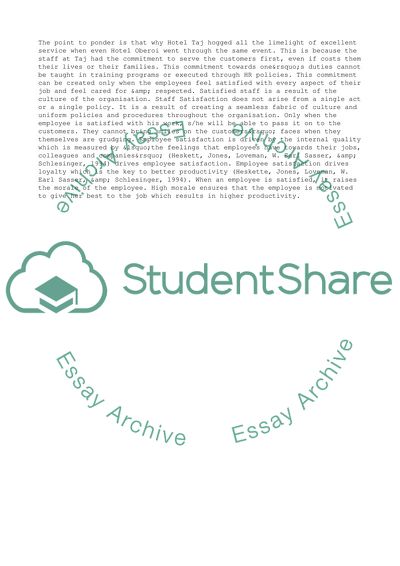Cite this document
(An Active Role of Management and Employees in Delivering a Research Paper, n.d.)
An Active Role of Management and Employees in Delivering a Research Paper. Retrieved from https://studentshare.org/management/1746539-satistied-staff-result-in-satisfied-customers-particularly-in-the-services-sectors
An Active Role of Management and Employees in Delivering a Research Paper. Retrieved from https://studentshare.org/management/1746539-satistied-staff-result-in-satisfied-customers-particularly-in-the-services-sectors
(An Active Role of Management and Employees in Delivering a Research Paper)
An Active Role of Management and Employees in Delivering a Research Paper. https://studentshare.org/management/1746539-satistied-staff-result-in-satisfied-customers-particularly-in-the-services-sectors.
An Active Role of Management and Employees in Delivering a Research Paper. https://studentshare.org/management/1746539-satistied-staff-result-in-satisfied-customers-particularly-in-the-services-sectors.
“An Active Role of Management and Employees in Delivering a Research Paper”, n.d. https://studentshare.org/management/1746539-satistied-staff-result-in-satisfied-customers-particularly-in-the-services-sectors.


